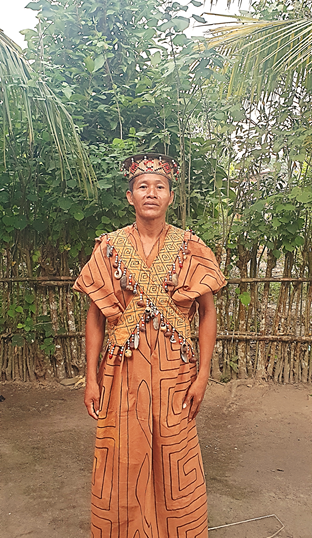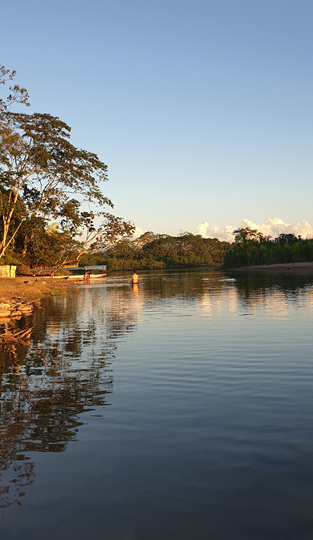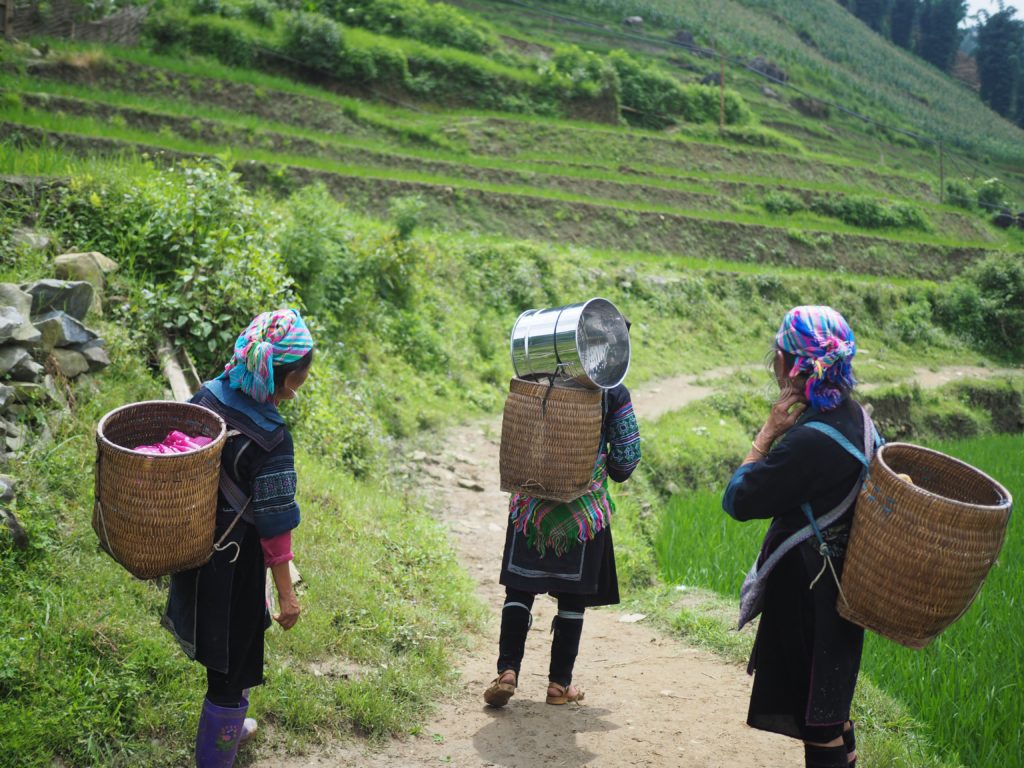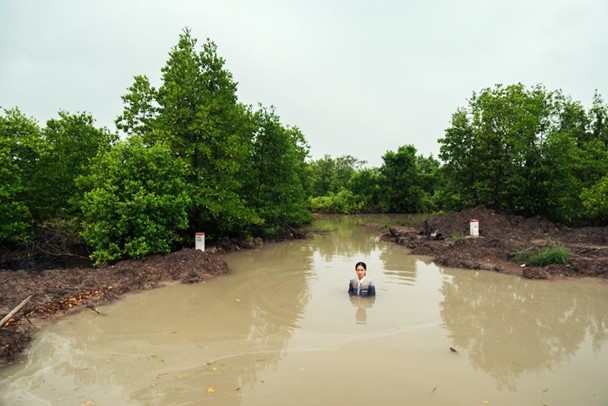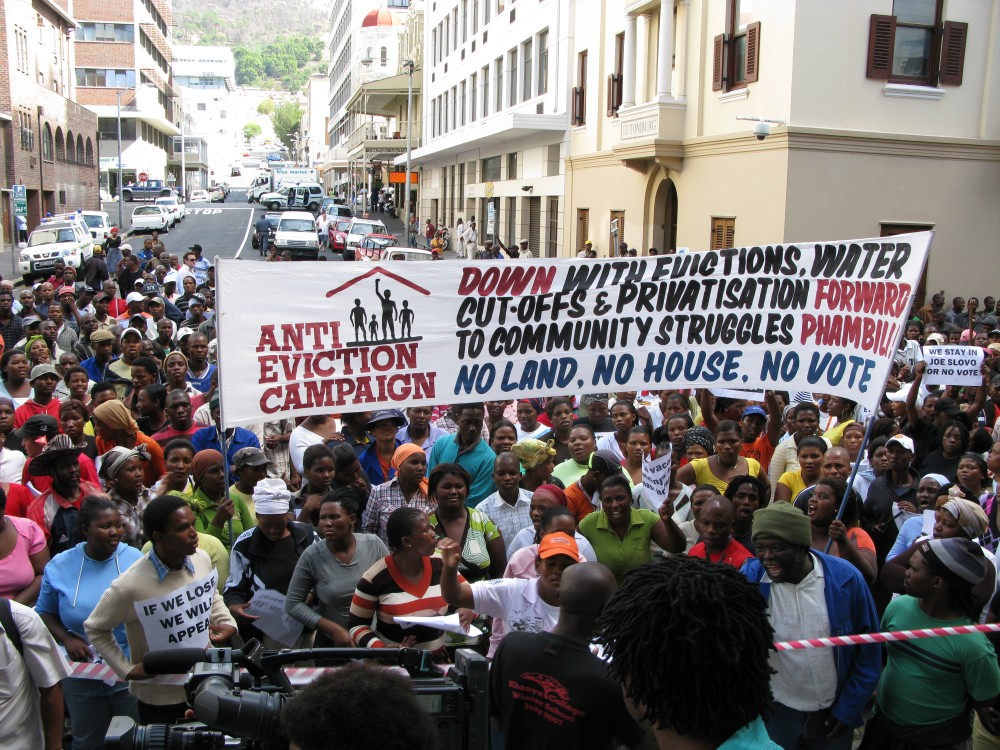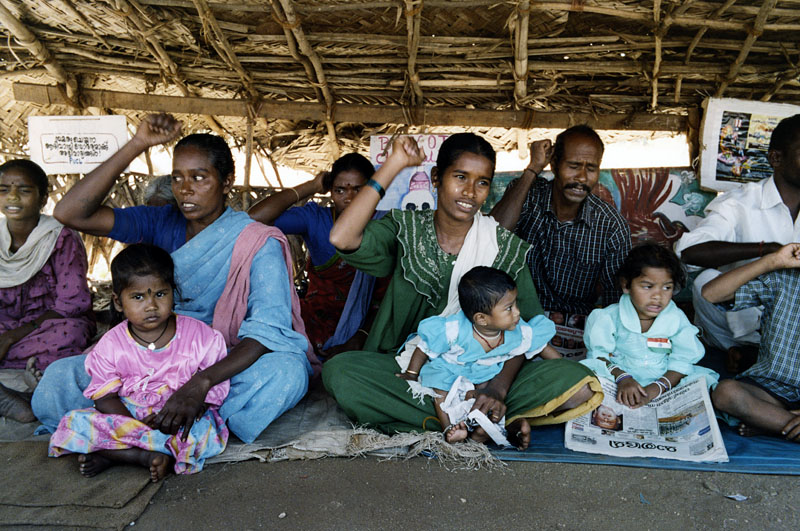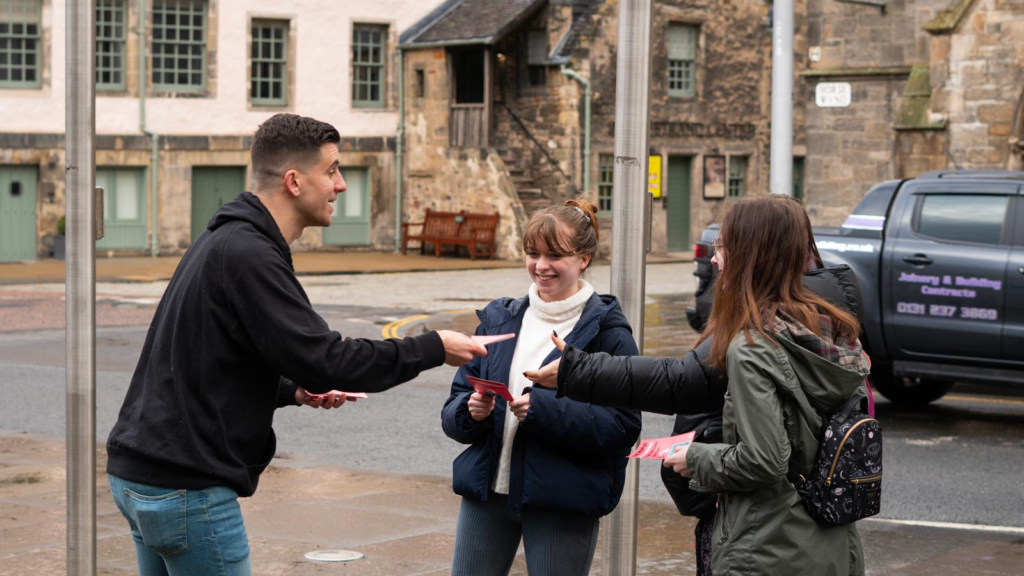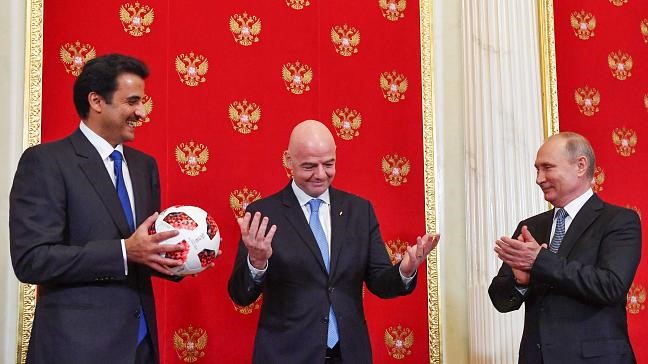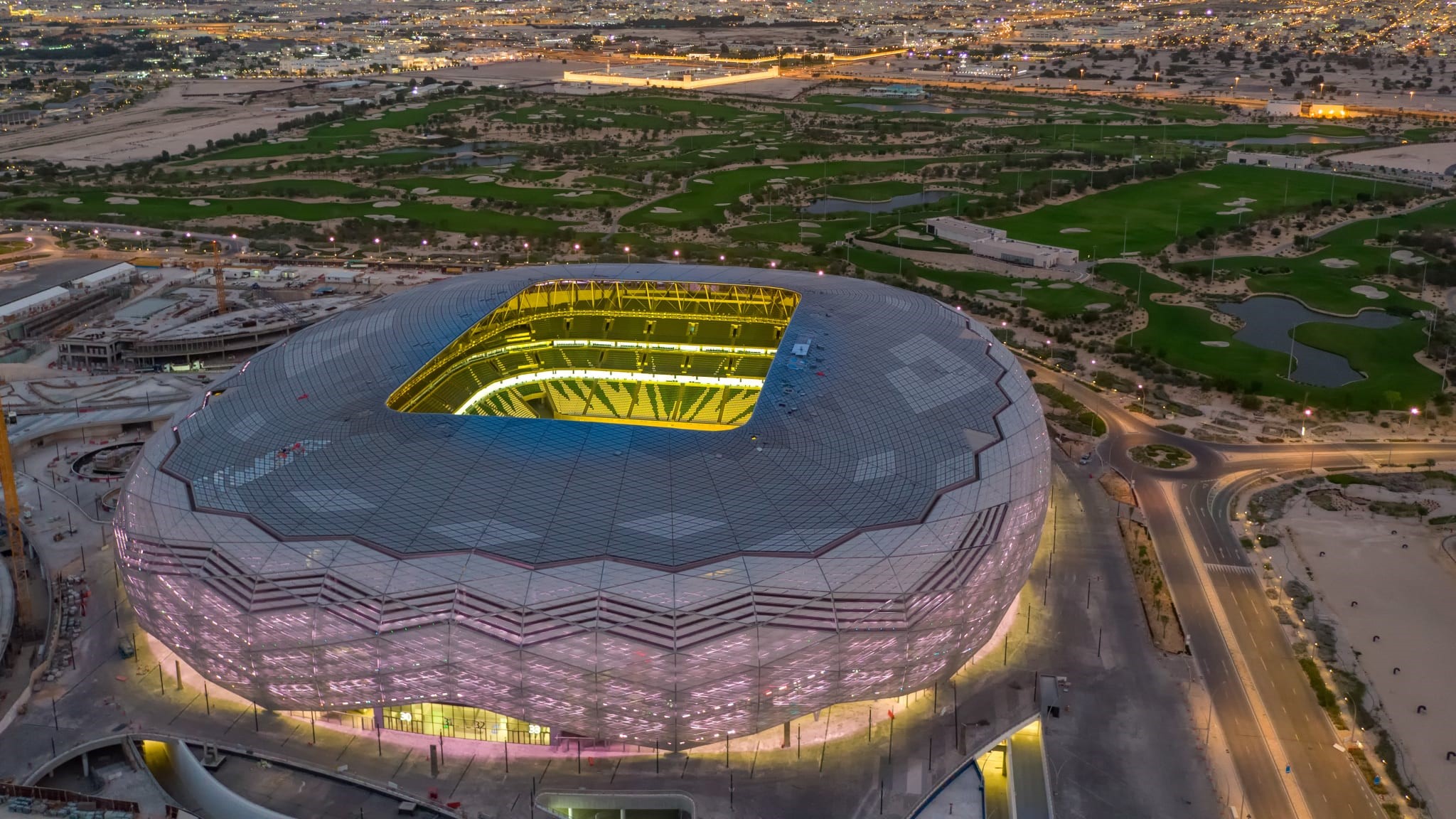by Anthropology of Development student Anna Stephens
*The views in the following article are the personal views of the author and are not an official position of the School.*
The Naranjal Community (comunidad de la Naranjal) are a community of indigenous Ashaninka people who live on the banks of the Yamiria river, a tributary of the Ucayali, in the Huánuco region of the Peruvian Amazon.
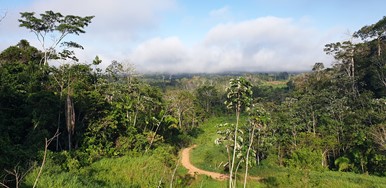
I lived with them for ten days during dry season. The plan was to establish a connection and prepare the place for future English lessons to be taught by volunteers, as well as to conduct interviews and participant observations for my master’s thesis on traditional ecological knowledge and the impact of globalization.
My experience
Arriving at the community alone, I was initially quite afraid, knowing that no one spoke any English and that the lifestyle was so radically different to mine. Once you cross the river, there is no internet connection, very little electricity, no running water, and barely any shops! It truly feels like entering another world; however, after my first few days there, I was able to experience the magic of the place: my trip turned out to be life changing.
The community have a chief whom they call “el jefe” (the boss) or “el apu” (the leader) and he organises everything alongside the vice president, Veronica. I found him to be a very kind, intelligent man on a mission to improve relations between the community and outside world. Although they have not encountered many foreigners in their lifetimes, the whole community are keen to learn English and engage with tourists. As of yet there is no tourism in the area, and very little in Huánuco in general, but it is an important part of their vision for the future.
An important part of the Ashaninka lifestyle is crafting artisanal products from natural materials collected in the rainforest such as jewellery, bags and pots. They sell these at markets in Lima or across Peru. Veronica is the main organiser of this, and she was pleased to show me the traditional handmake costumes she makes.
From being treated like the stranger that I was, I ended up being told that I would be missed. It’s been a blessing to experience such a radically different perspective of the world!
After spending my first night there, sleeping on the floor of a disused school (next to a cemetery), I serendipitously met a local family who invited me to live with them. As a result, I spent most of those ten days living in their open, hand-crafted, wooden bungalow home, sharing meals with them and many interesting conversations about our respective cultures. I taught them yoga and English and they took me on trips along the river, all the time sharing their world with me.
Life in the community
Life in the community is simple and pleasant, although they do not have the luxuries which most of us have in the West. Apart from having the river provide them with water, they sleep on blankets placed on the floor. Sleeping on the ground was initially very challenging for me, but SemillasLife are in the process of organising materials to make things more comfortable for volunteers. It only took a few days to adjust to this aspect of life, which proved to me just how incredible the adaptable nature of human beings is.
I couldn’t help but notice that people laugh a lot and live in the moment. This is not by choice but is rather a necessity, as most of the community do not own clocks or electronic devices (there are only a few TVs dotted around). The river plays a crucial role in their lives, being the place where they bathe, wash their clothes, congregate and keep their boats. The river also provides the community with the small fish which form the main staple of their diet, and would be eaten with rice, yucca or potatoes grown in the local ‘chagras’ (farms). At sunset the community would routinely gather at the grassy area around which their community is organised to play games, and the boys would play football whilst the girls played volleyball.
History of the community
The community is officially 34 years old, however its true history stretches far beyond this. I was told stories of families (initially three) settling in the area and attracting more and more people overtime. Comunidad de la Naranjal has developed impressively over a short period of time, and now consists of several hundred people. They now have three schools, several small shops, two churches, and a multitude of farms as well as hand-built homes. Interestingly, other visitors to the area understood my Spanish significantly better, which is perhaps due to the strong accent and dialect of the Ashaninka people. Learning some words in the local dialect helped to facilitate communication between us, which became increasingly easier as the time passed.
The Ashaninka language
I began to learn some words in Ashaninka with the help of members of the community who are keen to preserve their language. I believe that it is an important sign of respect as a visitor. For example: Titere (“tay-te-ree”) – good day; Shaytere (“shi-ta-re”) – good afternoon; Sinididi – good night; Hakana – thank you
Essentials to bring to the Amazon
The water of the river is drinkable, but water filters are recommended. I’d advise anyone planning a trip to bring mosquito repellent, a towel, sunscreen, long clothes, a waterproof jacket, shoes for walking in the jungle, a knife, first-aid products, a water bottle, a backpack, a pillow, and a warm blanket.


